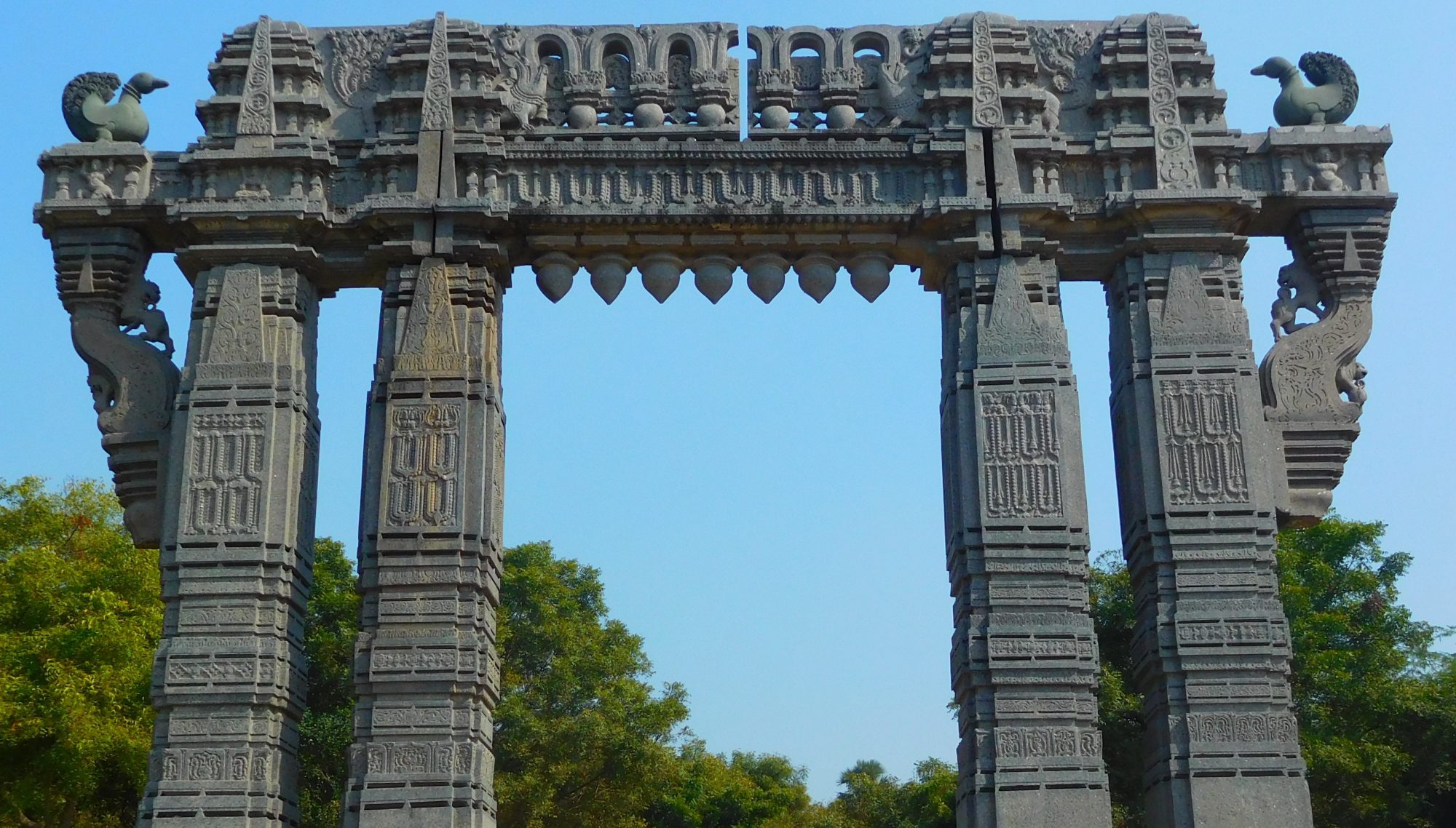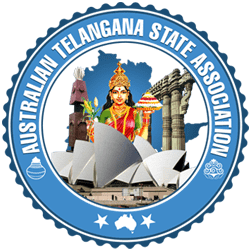In December 1953, the States Reorganization Commission was appointed to study the creation of states on linguistic basis. The States Reorganisation Commission (SRC) was not in favor of an immediate merger of the Telangana region with Andhra state, despite their common language.

Hyderabad state in 1956(in yellowish-green). After a reorganization in 1956, Regions of the state west of Red and Blue lines merged with Bombay and Mysore states respectively and rest of the state(Telangana) was merged with Andhra State to form Andhra Pradesh state
Paragraph 382 of the States Reorganisation Commission Report (SRC) said “opinion in Andhra is overwhelmingly in favor of the larger unit; public opinion in Telangana has still to crystallize itself. Important leaders of public opinion in Andhra themselves seem to appreciate that the unification of Telangana with Andhra, though desirable, should be based on a voluntary and willing association of the people and that it is primarily for the people of Telangana to make a decision about their future”.
The people of Telangana had several concerns. The region had a less-developed economy than Andhra, but with a larger revenue base (mostly because it taxed rather than prohibited alcoholic beverages), which people of Telangana feared might be diverted for use in Andhra. They feared that planned irrigation projects on the Krishna and Godavari rivers would not benefit Telangana proportionately, even though people of Telangana controlled the headwaters of the rivers. It was feared that the people of Andhra, who had access to higher standards of education under British rule, would have an unfair advantage in seeking government and educational jobs.
The commission proposed that the Telangana region be constituted as a separate state with a provision for unification with Andhra state, after the 1961 general elections, if a resolution could be passed in the Telangana state assembly with a two-thirds majority.
The Chief Minister of Hyderabad State, Burgula Ramakrishna Rao, expressed his view that a majority of Telangana people were against the merger.
He supported the Congress party’s central leadership decision to merge Telangana and Andhra despite opposition in Telangana. Andhra state assembly passed a resolution on 25 November 1955 to provide safeguards to Telangana. The resolution said, “Assembly would further like to assure the people in Telangana that the development of that area would be deemed to be a special charge and that certain priorities and special protection will be given for the improvement of that area, such as reservation in services and educational institutions on the basis of population and irrigational development. Telangana leaders did not believe the safeguards would work An agreement was reached between Telangana leaders and Andhra leaders on 20 February 1956 to merge Telangana and Andhra with promises to safeguard Telangana’s interests.
Prime minister Jawaharlal Nehru initially was skeptical of merging Telangana with Andhra State, fearing a “tint of expansionist imperialism” in it He compared the merger to a matrimonial alliance having “provisions for divorce” if the partners in the alliance cannot get on well.
Following the Gentlemen’s agreement, the central government established a unified Andhra Pradesh on November 1, 1956. The agreement provided reassurances to Telangana in terms of power-sharing as well as administrative domicile rules and distribution of expenses of various regions.
Anti-Nehru politics emerged with the repression of the Telangana movement; many within the Congress Party extended their hands to leftist causes. Feroze Gandhi was among them
Source: http://missiontelangana.com/1954-1956-telangana-movement

